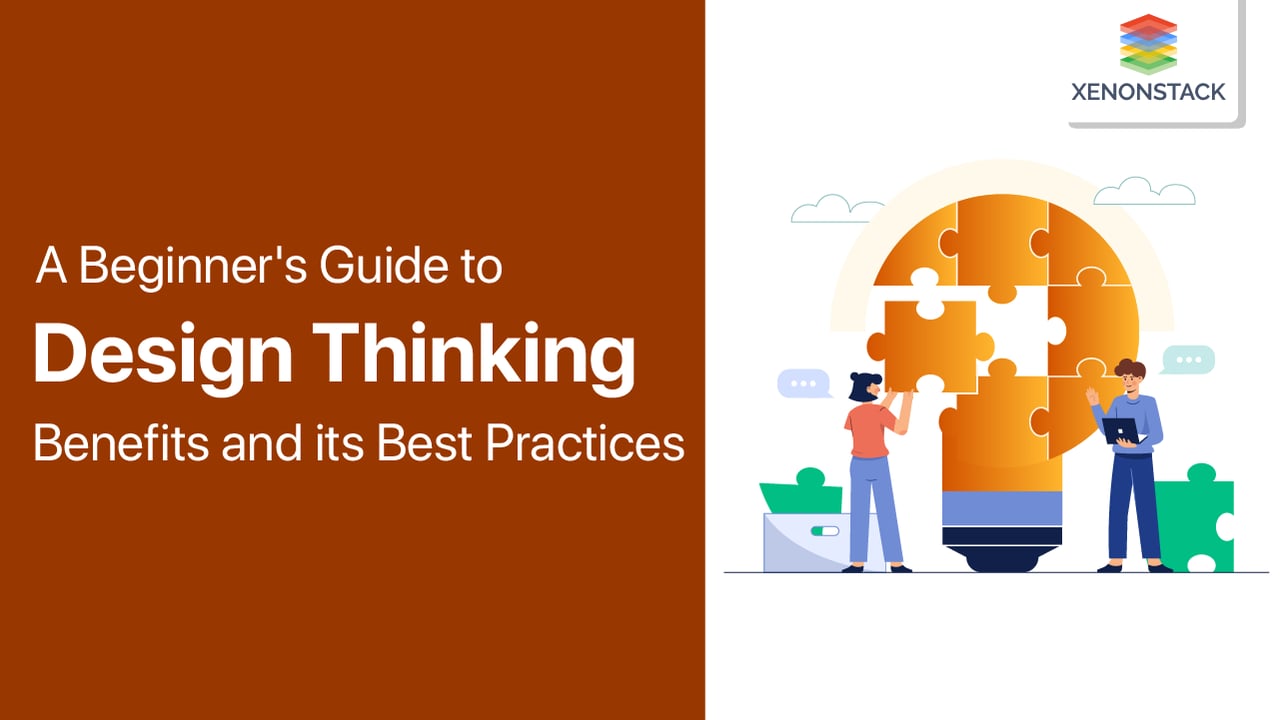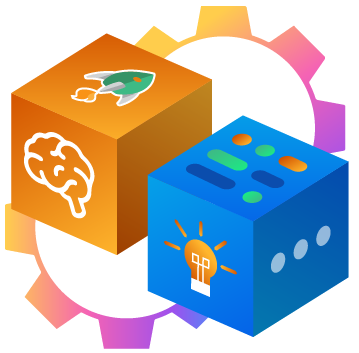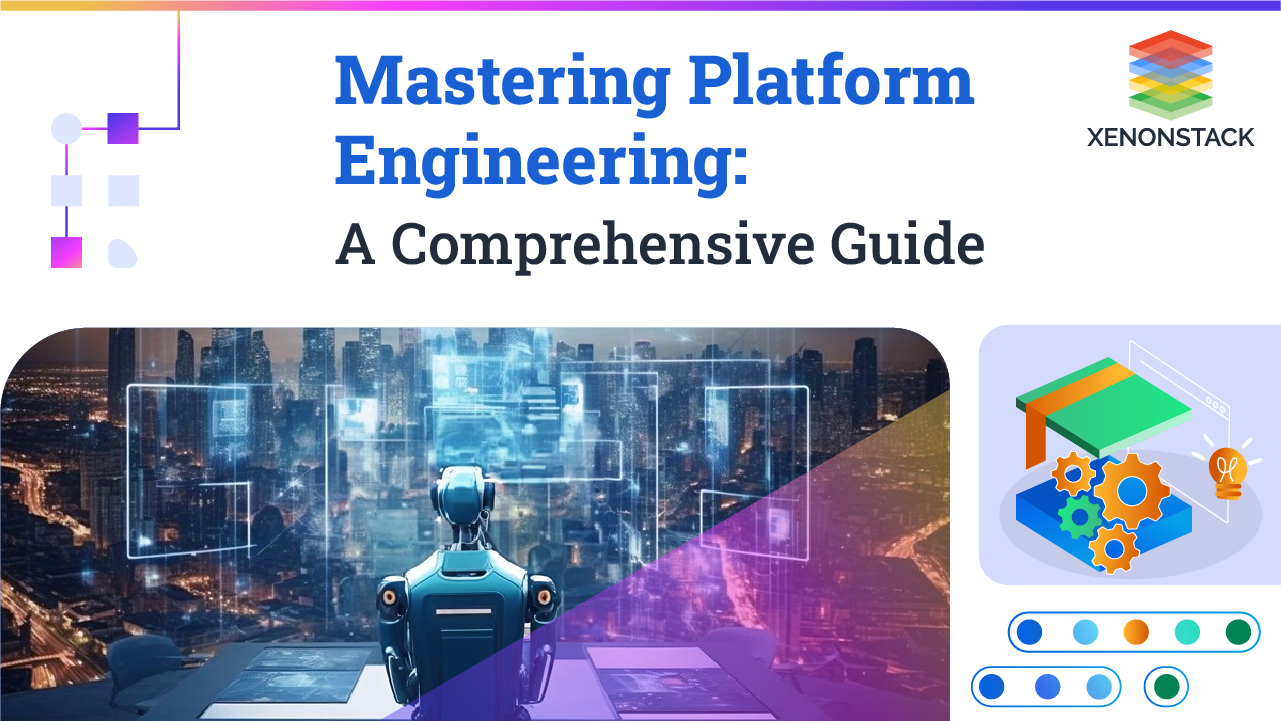
Introduction to Design Thinking
Design thinking is a new approach to design that solves problems, not just creates things. It's about human-centered processes that lead to insights about users and their needs. This post dives into what it is, how it's different from traditional methods, why it matters, and how you can put it to use. To read this blog in another language, click on the icon below:
A different way of managing software development projects that empower teams to make decisions, software delivered in small iterations. Click to explore about our, Agile User Story Principles and its Benefits
What is Design Thinking?
It is a creative problem-solving process that involves a cyclical process of observation, ideation, prototyping, and evaluation. This approach combines every aspect of product design and development, from ideation and visual design to business strategy and user research. It concepts like mental models and sketching allow designers to examine and empathize with users to create solutions that solve real problems. The key to it is to go beyond the surface level of design and understand the needs of people.
What is its main purpose?
You should now be able to answer the question, "What is it?" However, it is essential to know the purpose of the design thinking process. Whether for business, educational or social purposes, it is a compelling and helpful approach. The primary benefit is that it encourages creativity and innovation. They are intended to use an alternative solution to solve the problem. Often known as the healthy middle ground in problem-solving, it strikes the perfect balance between indulging in emotion and intuition and relying on analysis and insight backed by scientific measurements. . Mix both a little.
But the main benefit of design thinking is to solve problems is putting people first. Put human needs first. Primarily focused on empathy, it guides companies to prioritize the customer experience. A better customer experience can only be achieved by offering products and services that solve customer problems.
An idea that allows an individual or a group of people to design so that it addresses real-world customer problems. Click to explore about our, Principles for Human-Centered Design
Why does it matter?
It is crucial because it allows designers to go beyond the surface level of design and understand the needs of people. Design Thinking is more than just creating solutions that look good. It's about researching and understanding the problem, creating prototypes and testing them with users, getting feedback, and iterating on the idea repeatedly until you have something that works. The main goal behind it is to become better problem-solvers. Designers want to dig into the root causes of problems and develop solutions beyond a surface level of change. They want to create long-lasting changes that create positive impacts on the world.
How to implement Design Thinking?
Design thinking begins with a deep dive into understanding user needs and pain points. Designers use user research techniques like user interviews, surveys, and field research to discover insights about their audience and problems. This process is called "Epiphany Design." It's the discovery phase that happens before any actual design happens. Once designers have insights about their users, they ideate and create solutions based on those insights. Then they create quick and low-fidelity prototypes to test their ideas and get feedback from users. A typical process would look something like this:
The process of persuading people to engage in specific behaviors through purposeful design strategies. Click to explore about our, Behavioural Design Patterns
What are the benefits of design thinking?
It is an essential aspect of the product design process. Designers play an essential role in shaping the user's experience. Think of designers as the natural face behind the products and services your brand creates and sells. A designer's hard work and talent keep a particular product or service on the market. It usually saves time on design and development by focusing more on solving problems with viable solutions. Significantly reduce production time and speed up the development process.
Cost Reduction
Getting successful products to market faster is very beneficial in terms of cost savings. Design thinking is also about finding creative solutions that don't weigh too much on your pocket.
Leads to higher ROI
It has been proven to lead to higher ROI. Studies show that a solid design thinking process can bring his ROI up to 107%. Since the primary focus of it is improving user experience, it also leads to increased customer loyalty. This increases user engagement and enables long-term customer retention.
Driven by innovation
It encourages unconventional thinking because it challenges assumptions. This fosters a culture that values innovation. 6. It has a universal application. It as a process is not just for designers. And can help leverage cross-team collaboration and apply it to every team in your organization.
A style for building Data Marts, Business Intelligence application as well as Analytics application. Click to explore about our, Agile Analytics Framework
What are the best practices for design thinking?
The best practices for design thinking are described in the following paragraphs:
Keep an open mind
It isn't about the visual design but the end user's entire experience. It encourages you to walk in your customers' shoes and understand their needs and pain points.
Start sketching
Sketching is a great way to ideate and get your ideas on paper. Whether you prefer to sketch on paper or in a digital sketching app, sketching allows you to explore various ideas without being bogged down by details. Sketching is also great for bringing your team together to discuss ideas, brainstorm, and ideate.
Learn to walk in your customers' shoes
We all like to think we know what our customers want, but it's essential to go beyond the surface level of assumptions and understand the needs and pain points your customers face. It encourages you to get out of your head and into your customers' shoes to understand their needs and desires truly.
How is it different from other methods?
It has its roots in design and human-centered design methods. It's a more modernized take on the process of design that involves a more holistic approach to design. While design methods focus on the product and its visual aspects, it is more about getting from point A to point B. It's about understanding user needs and where those needs fit into a larger business strategy. It is about more than just designing products or services. It's about designing the entire user or customer experience. It involves the entire team, from product management and marketing to engineering and design.

Conclusion
Design thinking is a creative problem-solving process that involves a cyclical process of observation, ideation, prototyping, and evaluation. It's a more modernized take on the process of design that involves a more holistic approach to design. It is crucial because it allows designers to go beyond the surface level of design and understand the needs of people. The main goal behind it is to become better problem-solvers. Designers want to dig into the root causes of problems and develop solutions beyond a surface level of change. They want to create long-lasting changes that create positive impacts on the world.
- Explore our Digital Product Development services
- Click to read about Principles of User Interface Design


